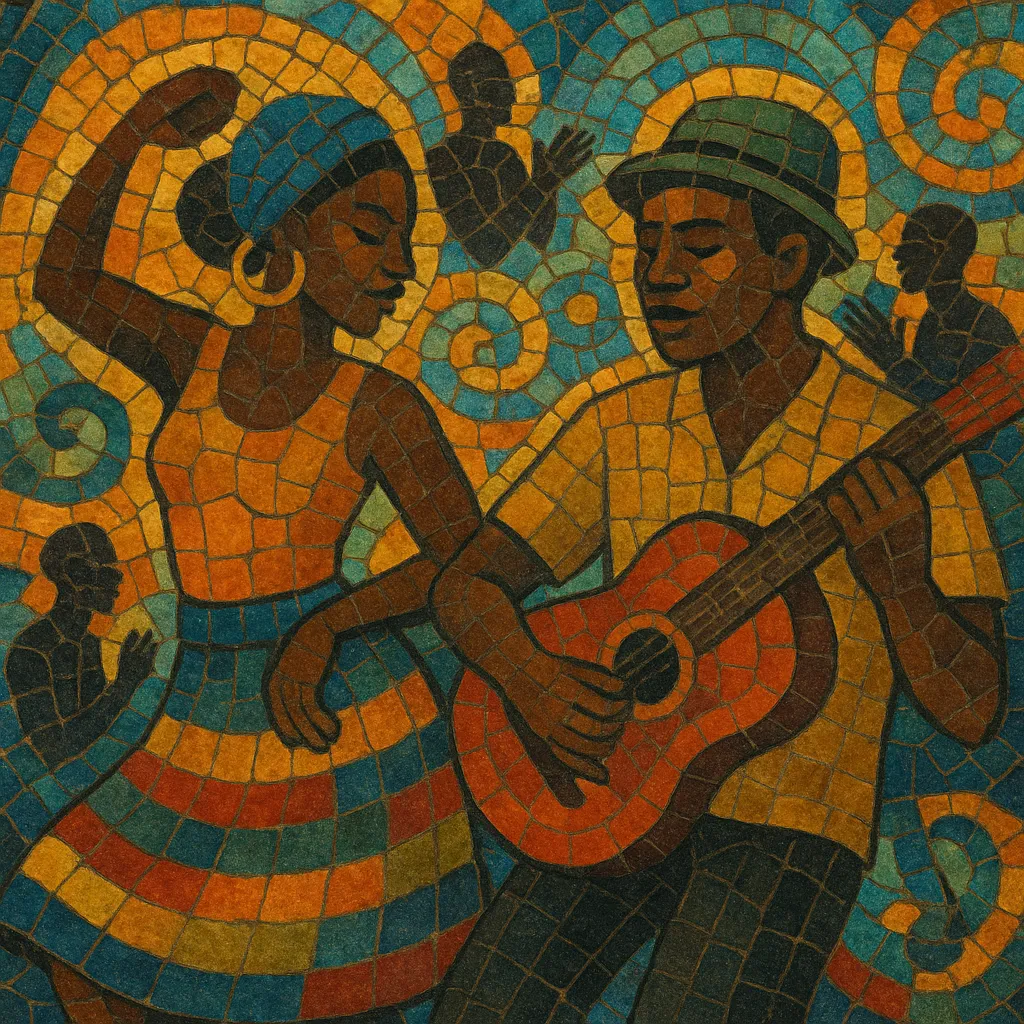
Tsonga disco is a South African dance-pop offshoot rooted in Xitsonga (Shangaan) popular music and the 1980s local disco/bubblegum era. It blends four-on-the-floor drum-machine grooves, buoyant synth bass lines, bright keyboard riffs, and nimble guitar figures that often echo mbaqanga and soukous phrasing.
Vocals are predominantly in Xitsonga and favor call-and-response hooks, stacked harmonies, and catchy, conversational refrains. The overall feel is celebratory and communal, tied closely to social dances such as the xibelani, with themes ranging from love and everyday life to pride in Tsonga identity.
Emerging in South Africa during the 1980s, Tsonga disco crystallized when Tsonga artists adopted drum machines, synthesizers, and slick studio production associated with disco and local bubblegum pop. Early pioneers fused township guitar stylings and mbaqanga’s infectious swing with the linear, four-on-the-floor pulse of disco and boogie.
Artists such as Paul Ndlovu helped define a radio-friendly template—upbeat tempos, synth bass, and hook-rich Xitsonga choruses—followed by a prolific wave in the late 1980s and early 1990s led by figures like Peta Teanet, Joe Shirimani, and Penny Penny (whose 1994 album "Shaka Bundu" became a national phenomenon). Obed Ngobeni & The Kurhula Sisters’ repertoire also signaled the genre’s broader resonance when South African grooves informed global pop during this era.
As kwaito and house rose in prominence, Tsonga disco’s production aesthetics (drum machines, chant-like hooks, synth leads) fed into newer urban styles. Many Tsonga artists incorporated house rhythms and modernized sound palettes while maintaining Xitsonga vocal identity and the genre’s celebratory dance focus.
Tsonga disco’s DNA is audible in the hyper-accelerated, electronic-forward Shangaan electro, which reimagines its bright timbres and communal chant into faster tempos and minimalist frameworks. Contemporary Xitsonga pop continues to draw on Tsonga disco’s melodic directness, call-and-response vocals, and dance-centered arrangements.

